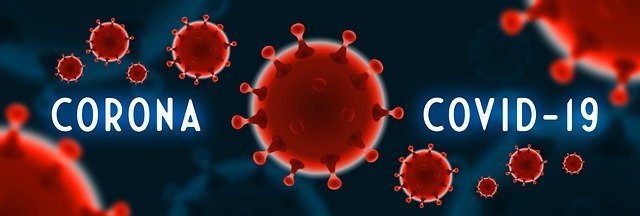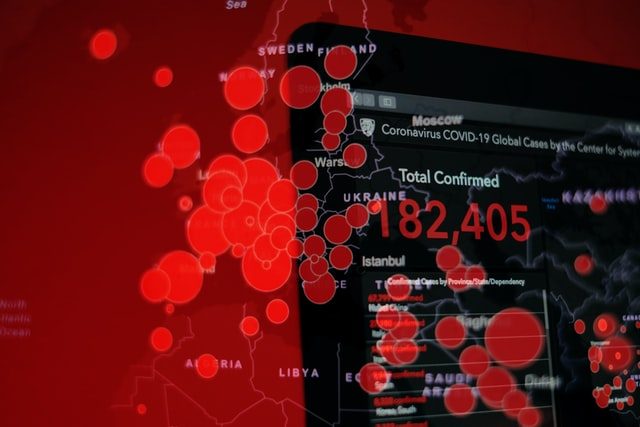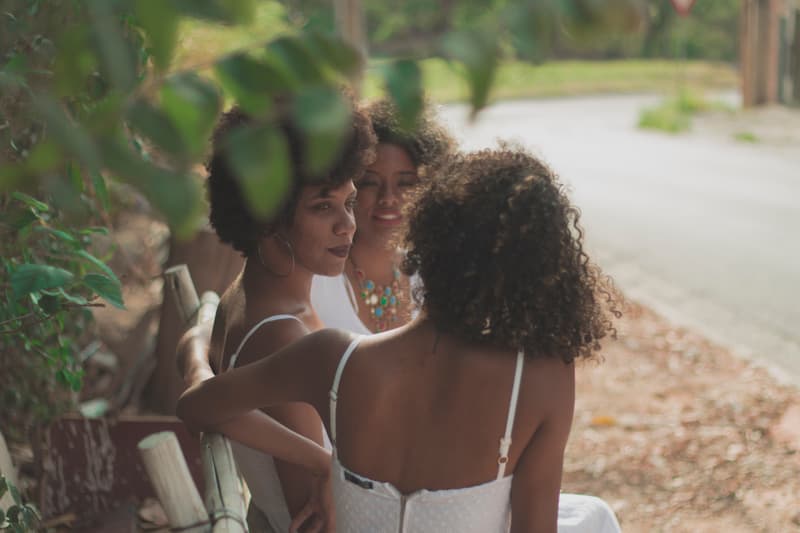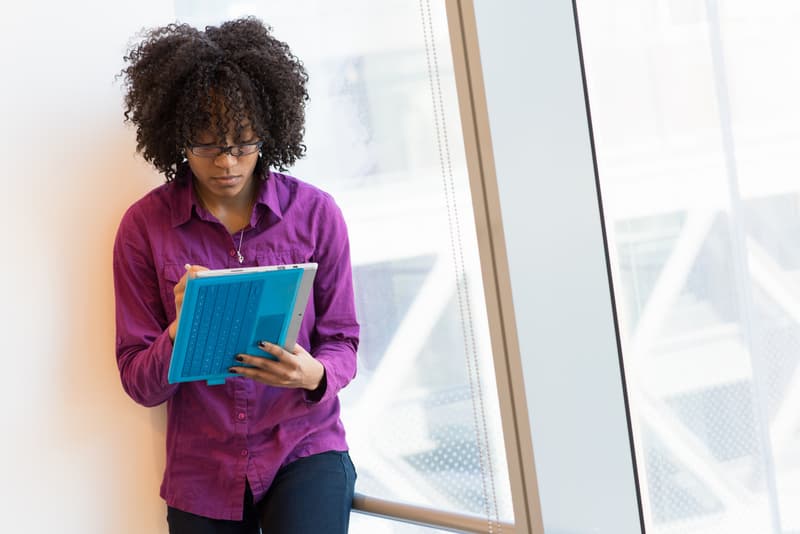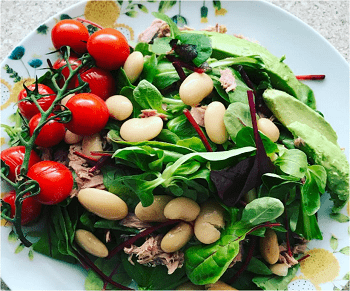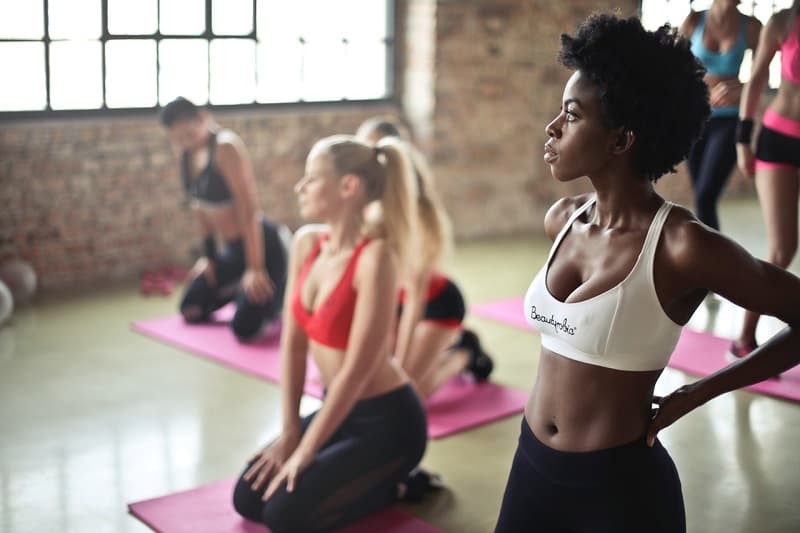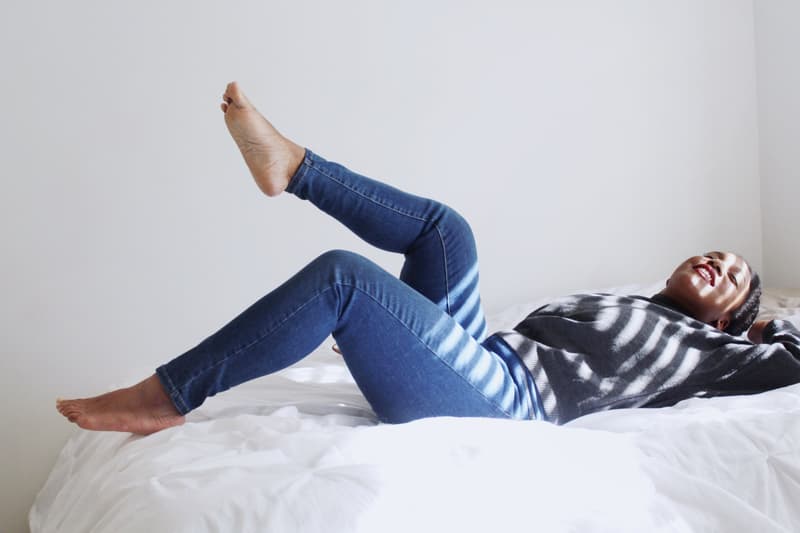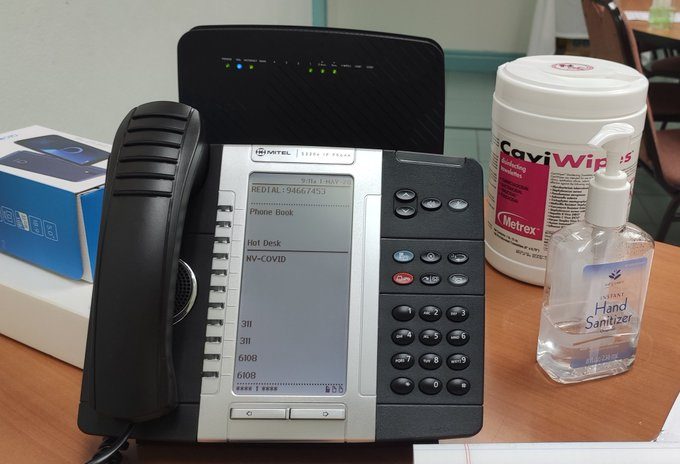Aunty Coro and Our Experience
In today’s blog, siblings Tasha and Scott share their experience with Aunty Coro (COVID-19) and all the lessons they have learnt along the way.
During the unforgettable Christmas of 2020, my brother and I received an extra something unique, but with the hope our documented experience may offer some sense of hope, guidance and increased faith during a similar situation, we thought it would be a good idea to document our experience following our recent spell of caring for our mum who caught the virus. With our mother being classed as ‘high risk’ we hope this may speak to those living with parents or loved ones that could be considered vulnerable and high risk.
24th December: Like a cheesy Christmas movie it started on Christmas Eve where our mum told us she was feeling unwell with the flu, to the news that she was feeling cold and very tired, my brother and I had our suspicions but she was adamant it was just flu so we left her to sleep.
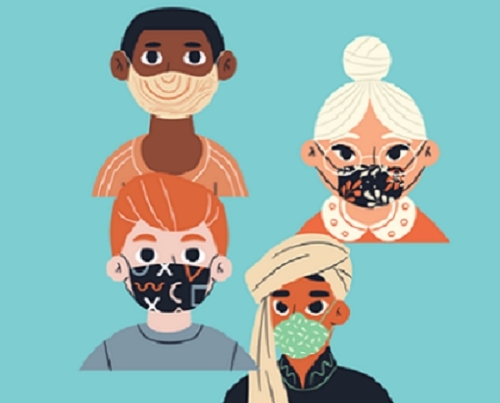
25th December: Christmas Day was just another day, my brother and I were downstairs, and my mum was still asleep, it wasn’t until later we thought it was a bit strange she was just sleeping as it was getting quite late in the day.
We checked on her and she said she had been shivering the whole night and still felt very boggy and tired, so now we began to think it could actually be COVID. My dad who works in a private hospital advised us to get her a test which we did the next day
26th December: Boxing Day. My mum’s symptoms were a lot worse. Shivering, weakness and feeling very tired and battling a high temperature. Luckily, we had a thermometer in the house so we could check her temperature which was really high at 39-40 degrees. We called 111 to find out how we go about getting a test, however, all the test centres near to us were fully booked up; fortunately, we managed to get a slot at Greenwich where you can administer the test in the privacy of your car and drop off your sealed tests upon exiting the test centre. Impressively, we got our results the following day, so it’s very quick!
27th December: Results day. My mum received her results via text just a day after doing the test, the text said she should self isolate for 10 days. So, we took all the necessary steps which included sanitising, antibacterial wipes, regular temperature checks etc
28th December: Our mum’s condition was getting a lot worse with her temperature still very high at around 39/40 degrees, feeling extremely weak and tired. This next part is for all the parents, please parents tell us your medical history or medical problems!! I know as parents you want to protect us but it actually hurts us later on!
My mum has type 2 diabetes and also high blood pressure so she’s high risk. My mum has a blood pressure and blood sugar monitor, however, we had no idea how to use them because my mum never told us🤦🏾. A lot of my mum’s weakness was actually due to her blood pressure and blood sugar being way too low which we later found out.
Before I forget, my mum also had no appetite, so if you recognise this in your situation, it’s not uncommon. Our mum would ask for food or would crave something, but when given it she would only be able to have a few bites.
In the evening my mum had just finished eating and we checked her temperature which had peaked at 40 degrees. Moments later my mum began to feel dizzy and look funny as if she wanted to be sick so I began asking numerous questions to engage her, not knowing her energy levels had plummeted, she could hardly say a word.
Hoping for a response, I asked her, are you going to be sick and she nodded so I quickly rushed to get her a bucket, a few moments later we noticed her face change and her eyes become wide, my mum was having a seizure. My brother, whilst trying to keep composed, and the energy positive called 999. I completely understand hospitals and medical staff are overwhelmed but the time it took and the constant questions the operator was asking us my mum had snapped out of the seizure which lasted about 2/3 minutes. She had no recollection of what happened.
The operator told us the ambulance would call us to check we’re all good (they did… but by the time they called to check in, nearly 2 hours had passed and we were left to our own devices of tapping into our own networks for advice, recommendations and the hand of God. The seizure we believe was most likely due to her high temperature and a dramatic drop in blood pressure.
The next few days my mum’s condition was still bad. Feeling weak, tired, barely able to talk, loss of appetite and high temperature. I slept on the floor of my mum’s room to make sure she was okay during the night. We had now got into quite a good routine, my brother would take my mum’s blood sugar and I would do her blood pressure. With my mum being diabetic we’ve tapped into our culinary skills to prepare healthier, lighter meals, some of which include, homemade fruit juices and soup; food that is easier to digest – meat seemed to be her trigger to feeling sick.
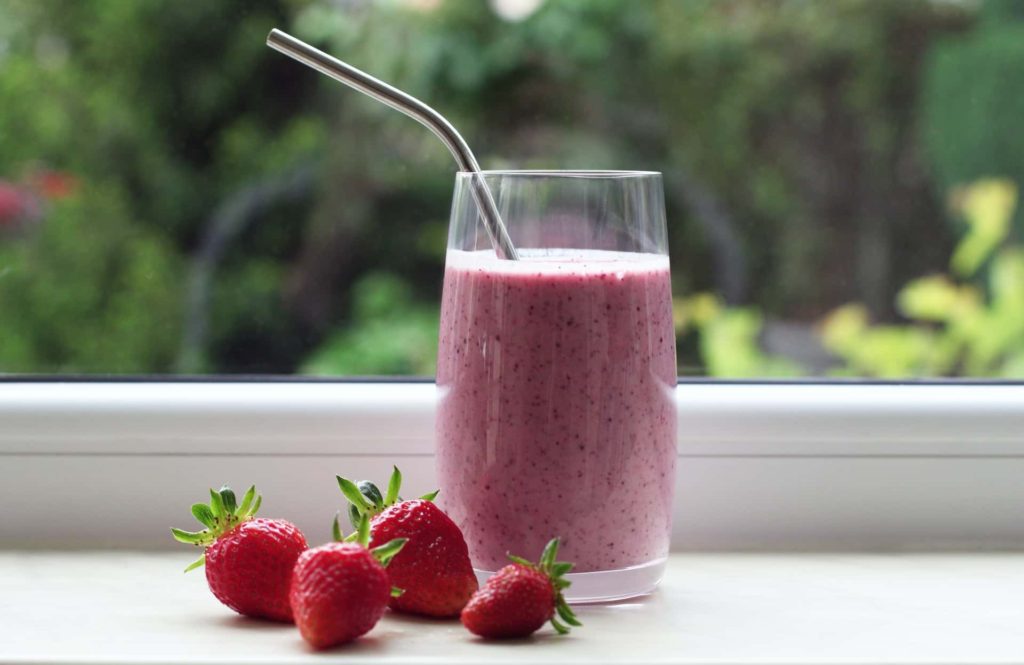
30th December: My mum’s condition was still quite bad, however, she was able to move a bit more and make her way downstairs which was good. During the evening she made some funny noises which were similar to the ones she made when she had the first seizure. I was just about to take her blood pressure but her energy was so low she could barely keep her arm up, again, this was due to a combination of high temperature and a considerably lower blood pressure & sugar count. At this moment in time, nervous she was about to have another episode, I held my mum up as she could barely communicate whilst my brother called 999 again, but this time around, the process was ridiculously long, and yet again, a request for an ambulance was refused!! My mum was basically passing out in my arms and they just kept asking the same questions over and over again?! We explained her symptoms, her being high risk and just being tested positive for COVID and no help was actually given!? Seconds later, my mum said she wanted to vomit and thankfully she was able to. Following a small visit to the bucket we had prepped, her responsiveness improved greatly. Still frustrated, we informed the operator who kindly said the ambulance service would call us to check our status… sadly we had to wait nearly three hours for a phone call, by then our mum was sound asleep.
Fast forward to today, my brother and I have now become little home GP’s 😂 We check her temperature religiously throughout the day, checking her sugar and blood pressure about 3 times a day.
With her change in blood pressure, our mum has stopped taking her blood pressure medication to ensure her BP doesn’t plummet, which we monitor regularly every day.
My mum takes 2 paracetamols every 4 hours (I personally don’t feel paracetamol works but check with your GP first). My mum’s energy has gotten a lot better, she’s more mobile but still feels tired. Recently, her appetite has improved and her temperature has now stayed at 37-38 degrees. Our mum didn’t get a cough when her symptoms first started but around the 30th of December is when the cough started and was becoming more frequent. Encouraged by this new symptom, my mum was able to call her GP who prescribed her some antibiotics (Amoxicillin) for the cough of which my mum takes 3 a day. The cough makes my mum feel very drained and causes her back to ache, furthermore, her desire to talk has lessened as speaking seems to provoke a flurry of uncomfortable coughs.
We’re now almost at the end of my mum’s isolation period, my mum has been a lot more mobile, her appetite is beginning to come back, we go for a daily walk in our garden just to get her up and about, her temperature is stable and her blood pressure and blood sugar are all good!
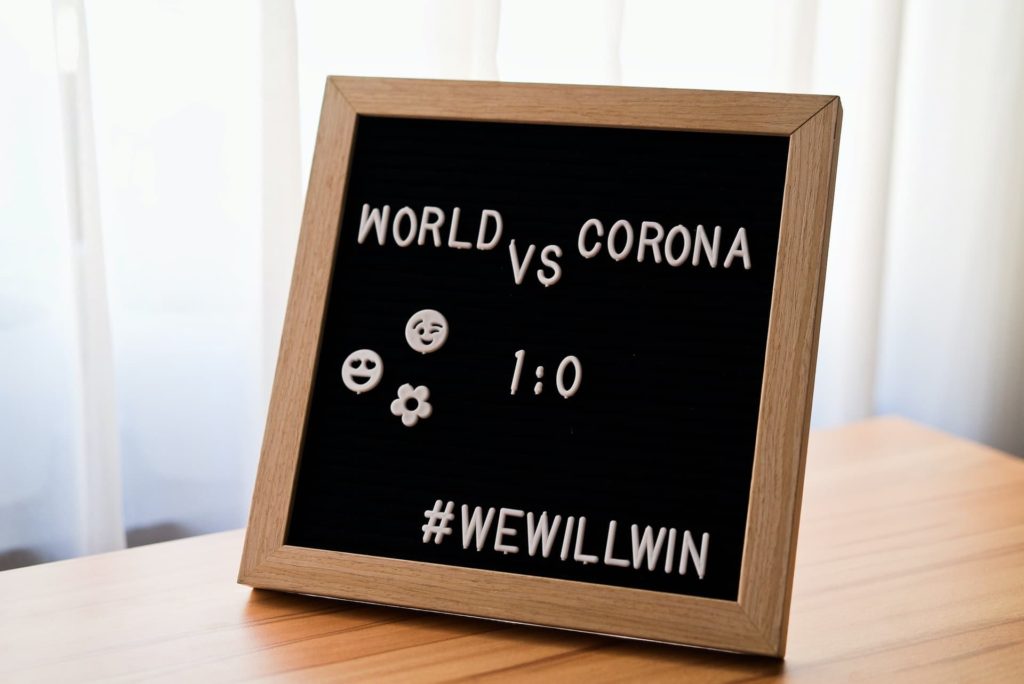
Of course, this wasn’t the most ideal way to spend our Christmas and New Year but I’m extremely grateful that our mum is on the mend, getting healthier each day and weirdly enough it’s brought our family a lot closer together.
I really want to urge people to just be extra cautious even if you think it’s just flu, please be vigilant, ask questions, do your research and get a test done ASAP if you can do so! Check up on your loved ones. AS difficult as it may be, during the scariest of moments, be purposeful and speak life over your loved one(s) and find your small tribe of prayer companions and pray with faith.
If you are suffering from COVID, try your best to drink lots and lots of fluids, consume natural/homemade drinks that are high in vitamins and seek professional medical advice as much as possible.
I’ve listed some things we used that helped us during this time:
- Blended fresh Lemon & ginger
- Vitamin C dissolvable tablets
- Paracetamol/Ibuprofen
- Hot water and Olbas oil to inhale
- Blood pressure monitor (Boots)
- Blood sugar monitor
- Lots of water!!!
- Digital thermometer
- Vicks vapour rub
- Fresh air
- Fresh fruits
- Cold flannel/towel to cool down their temperature
- PRAYER and MUSIC!!
I never thought Aunty Coro would visit our home but here we are, look after yourselves and your family.







